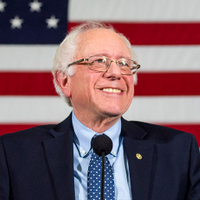
Mike Konczal
@mtkonczal
Senior Director Policy and Research, @economicsecproj. Former NEC. Liberal. #Rstats. Dad. Chicago guy.
ID: 48132847
http://www.mikekonczal.com 17-06-2009 21:56:28
14,14K Tweet
48,48K Takipçi
1,1K Takip Edilen



Republicans are celebrating the passage of the largest Medicaid cut in U.S. history to pay for the largest tax break for billionaires in American history. 51,000 Americans will die each year so that the top 1% can get a $1 trillion tax break. This bill is a death sentence.








We're glad that Treasury Secretary Scott Bessent has spent time on our website, and we'd be thrilled to talk to him and his team about our work All of our models are transparent because we want policymakers to engage with our analysis, and if they disagree with us -- we'd be keen to hear it
















